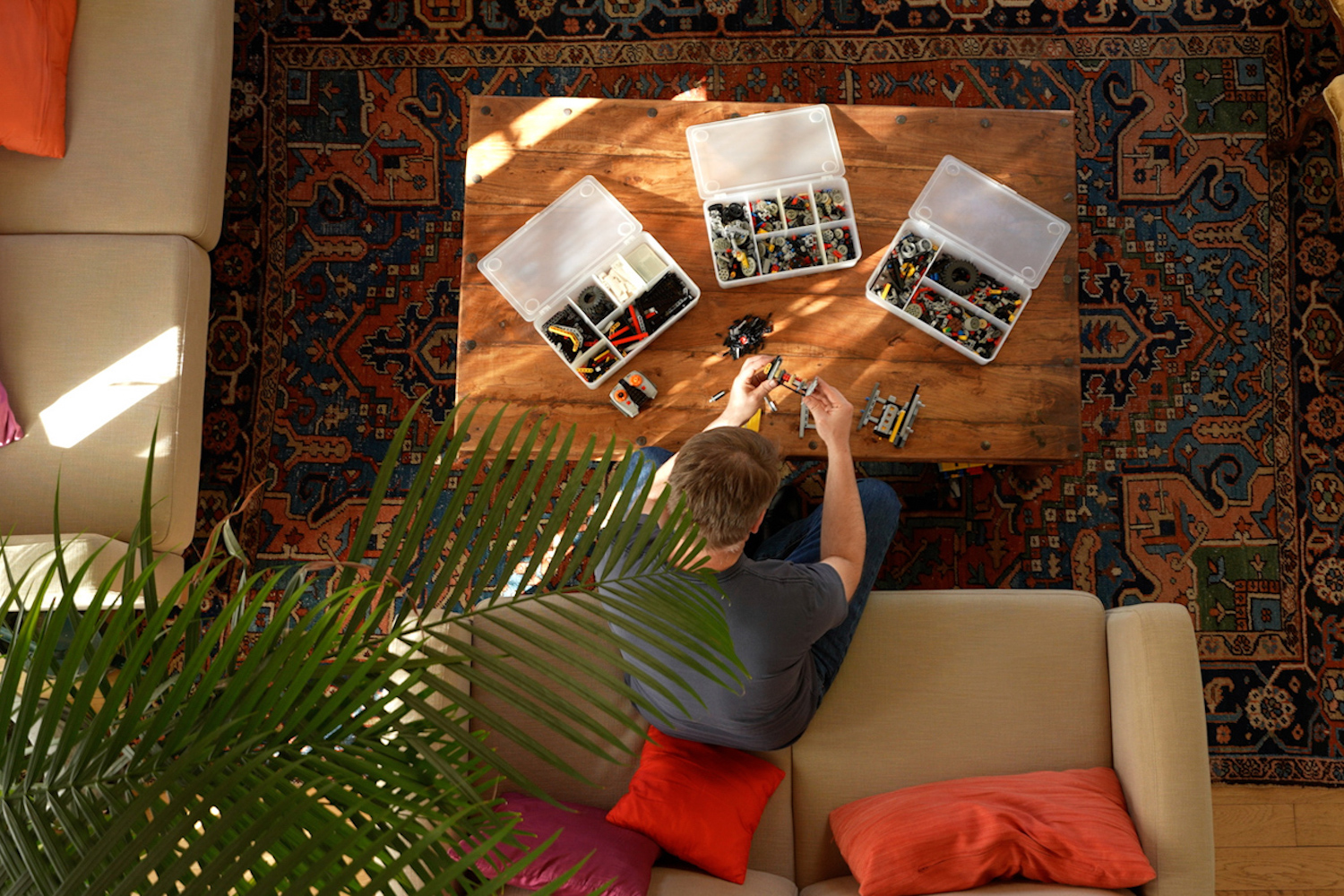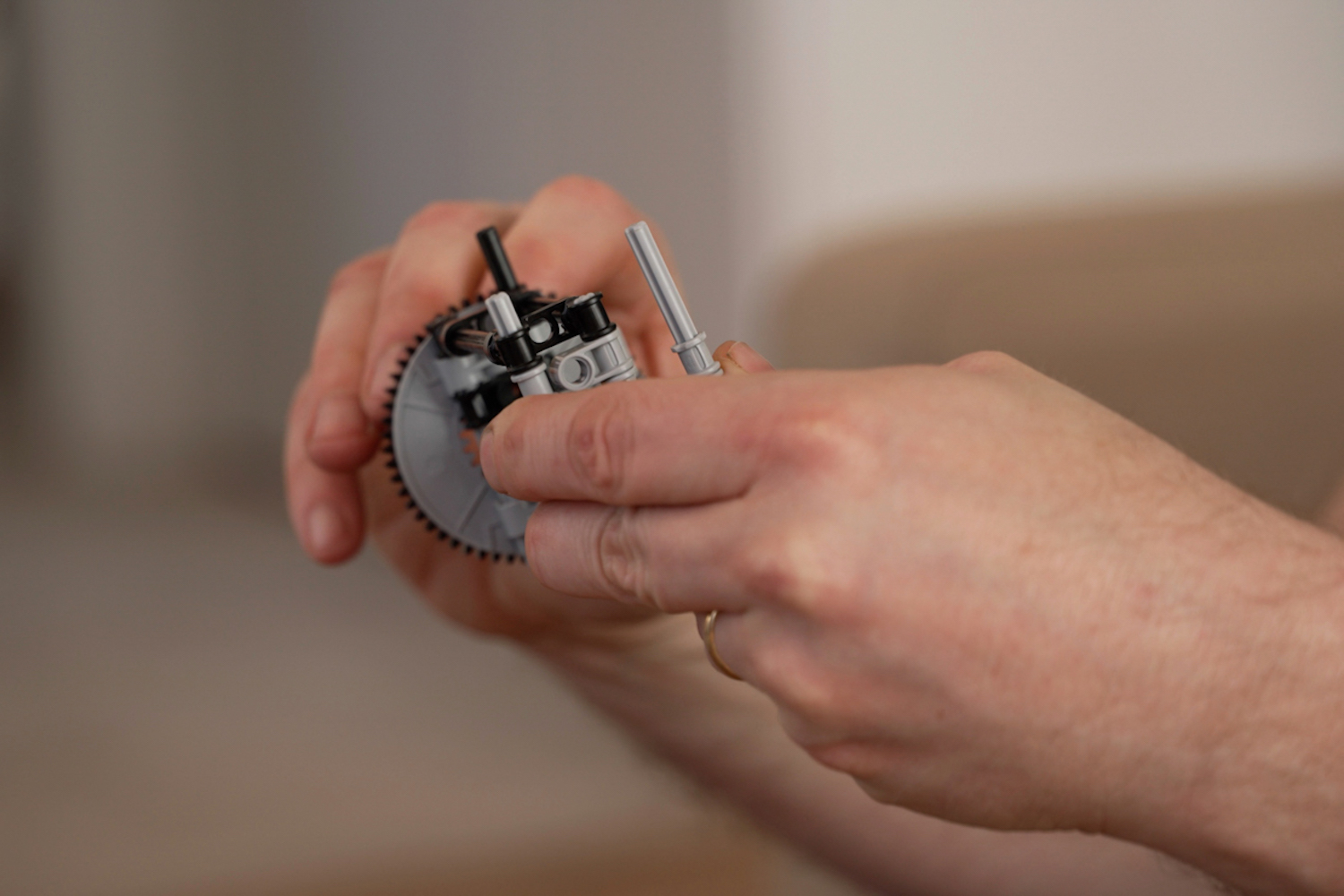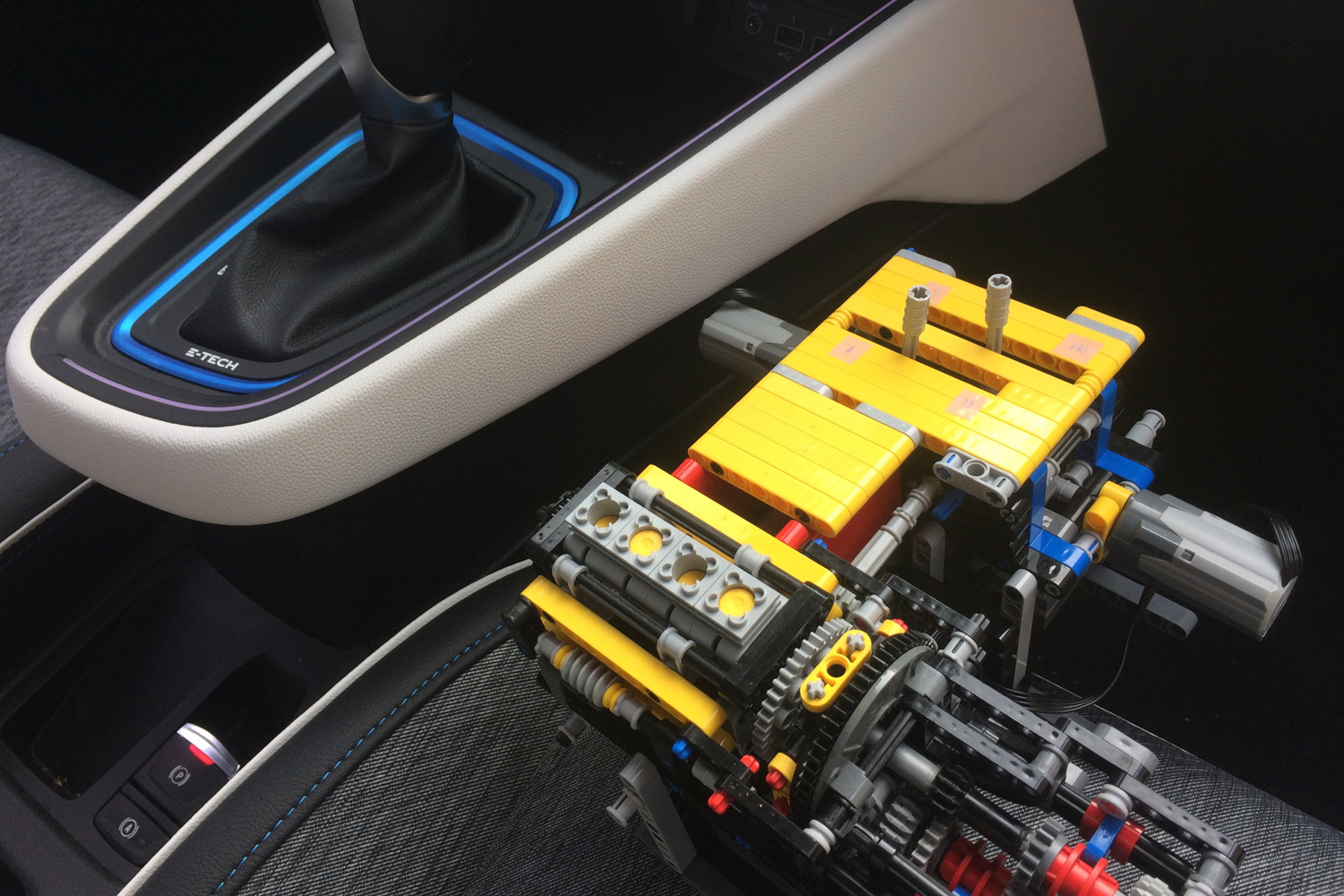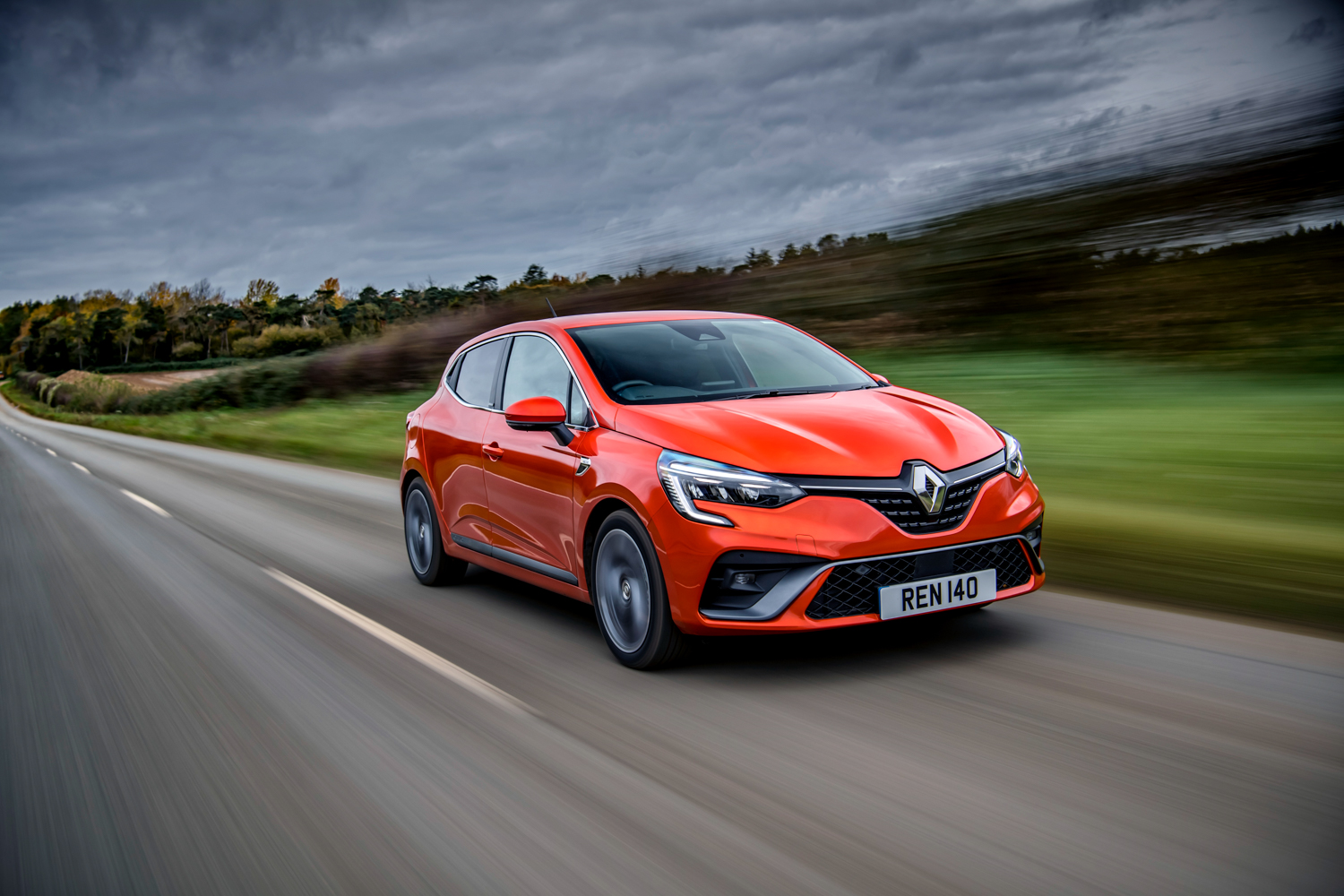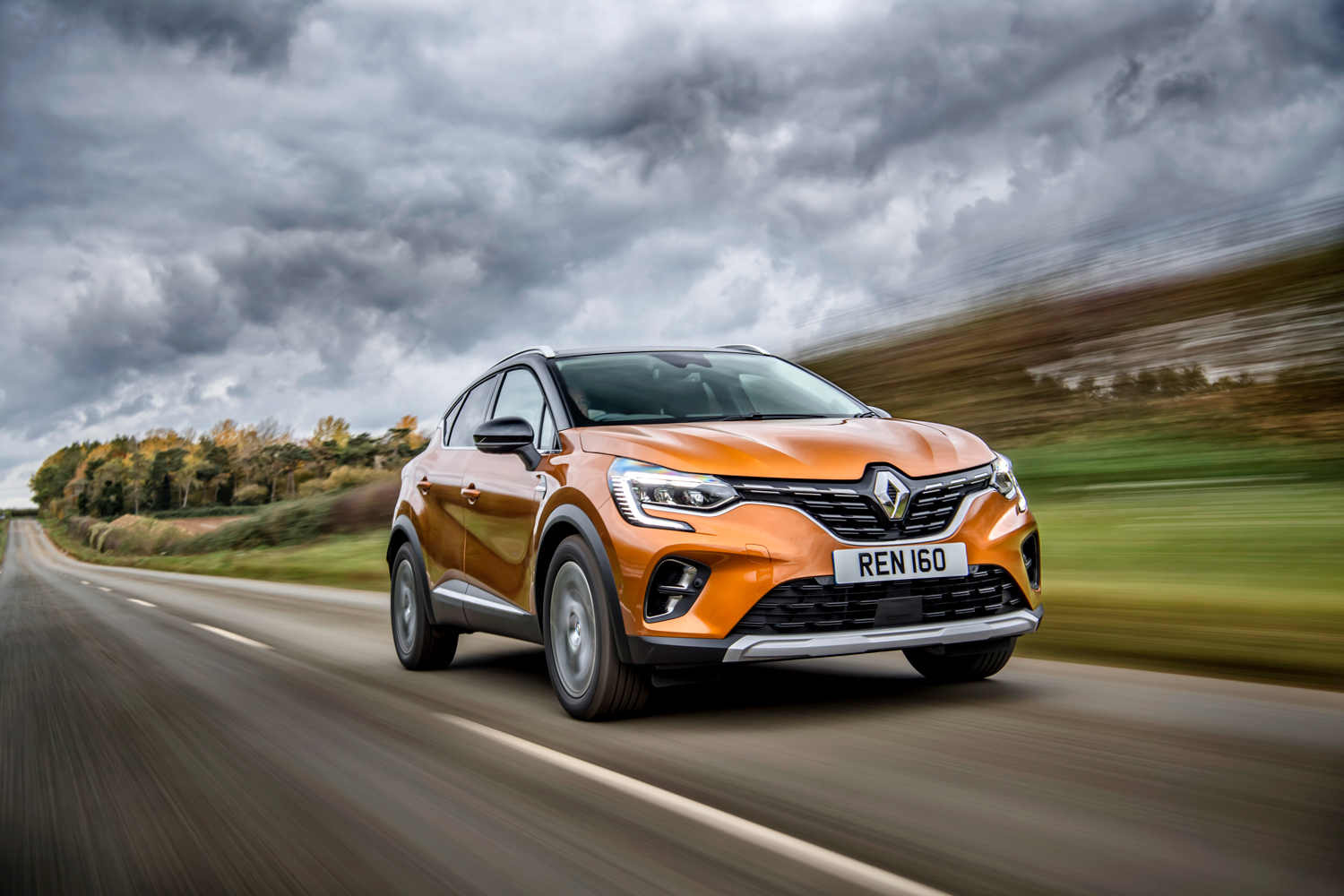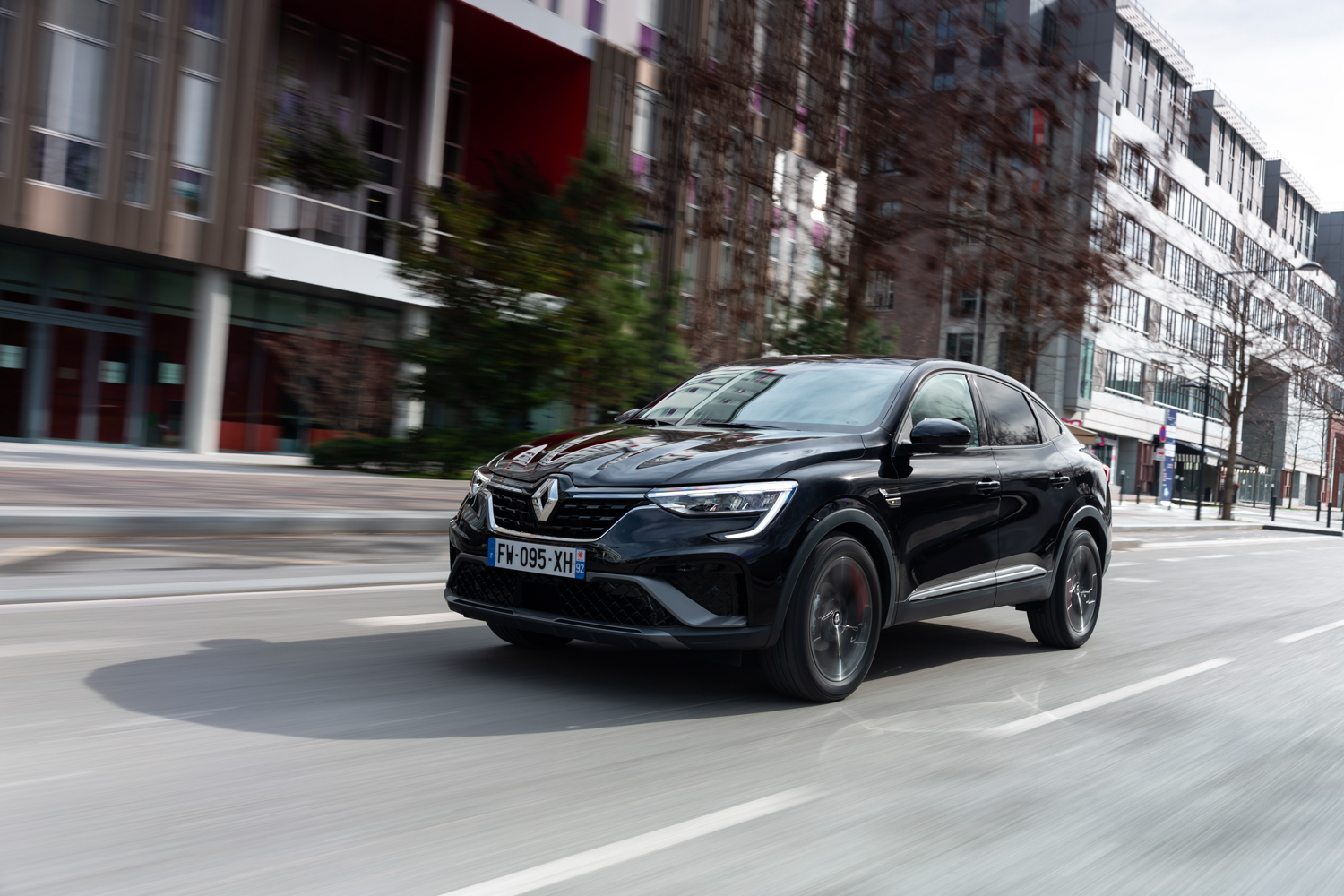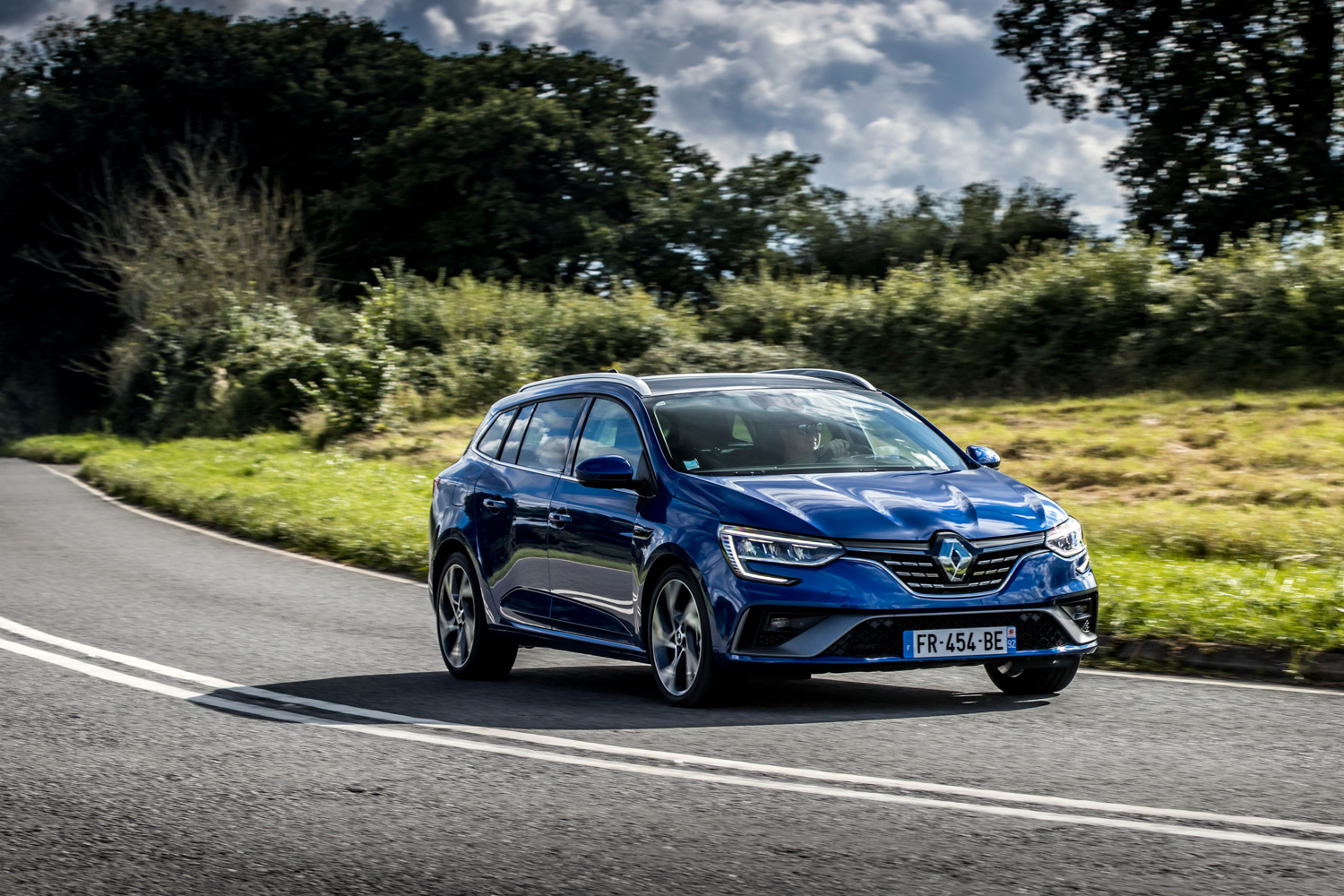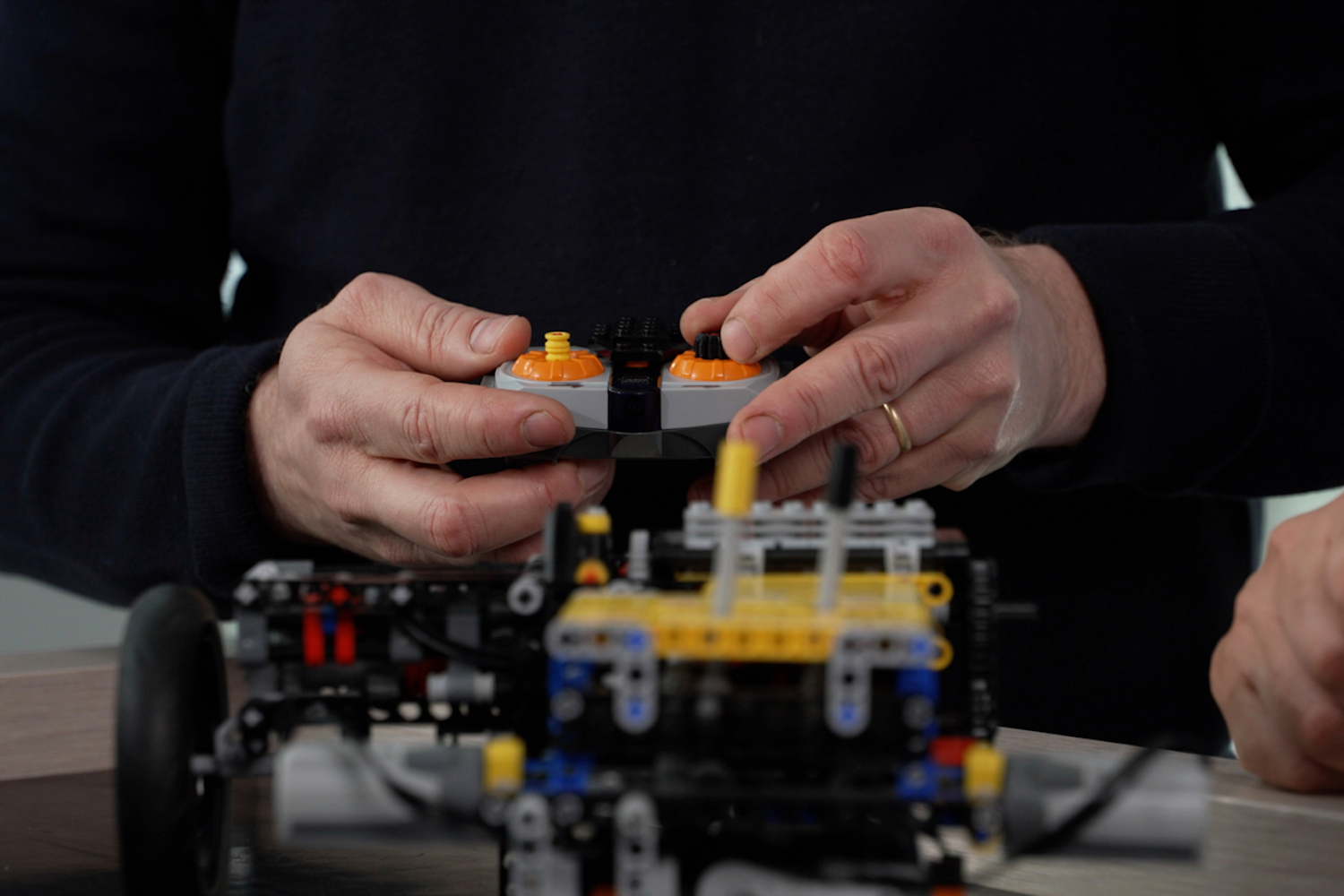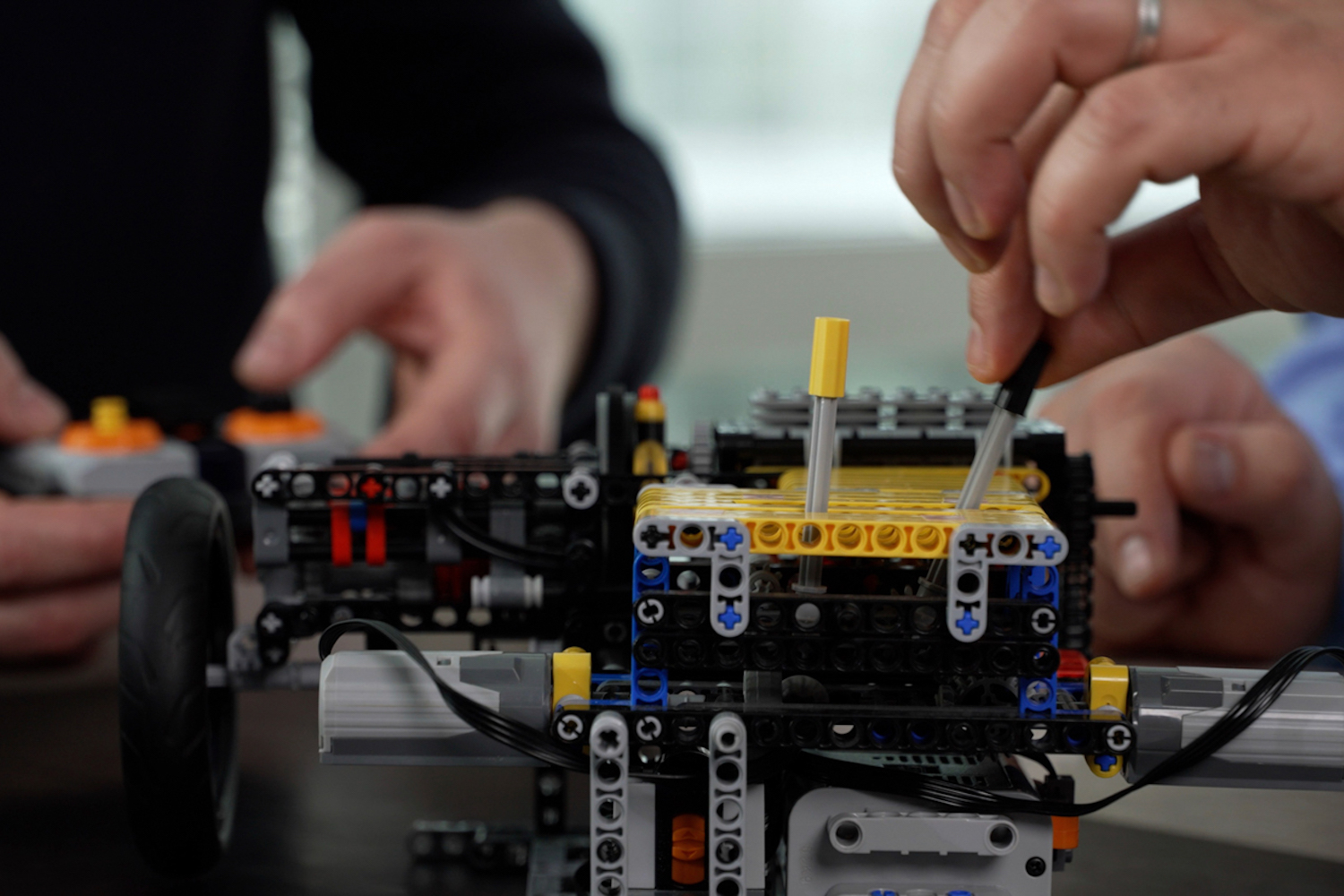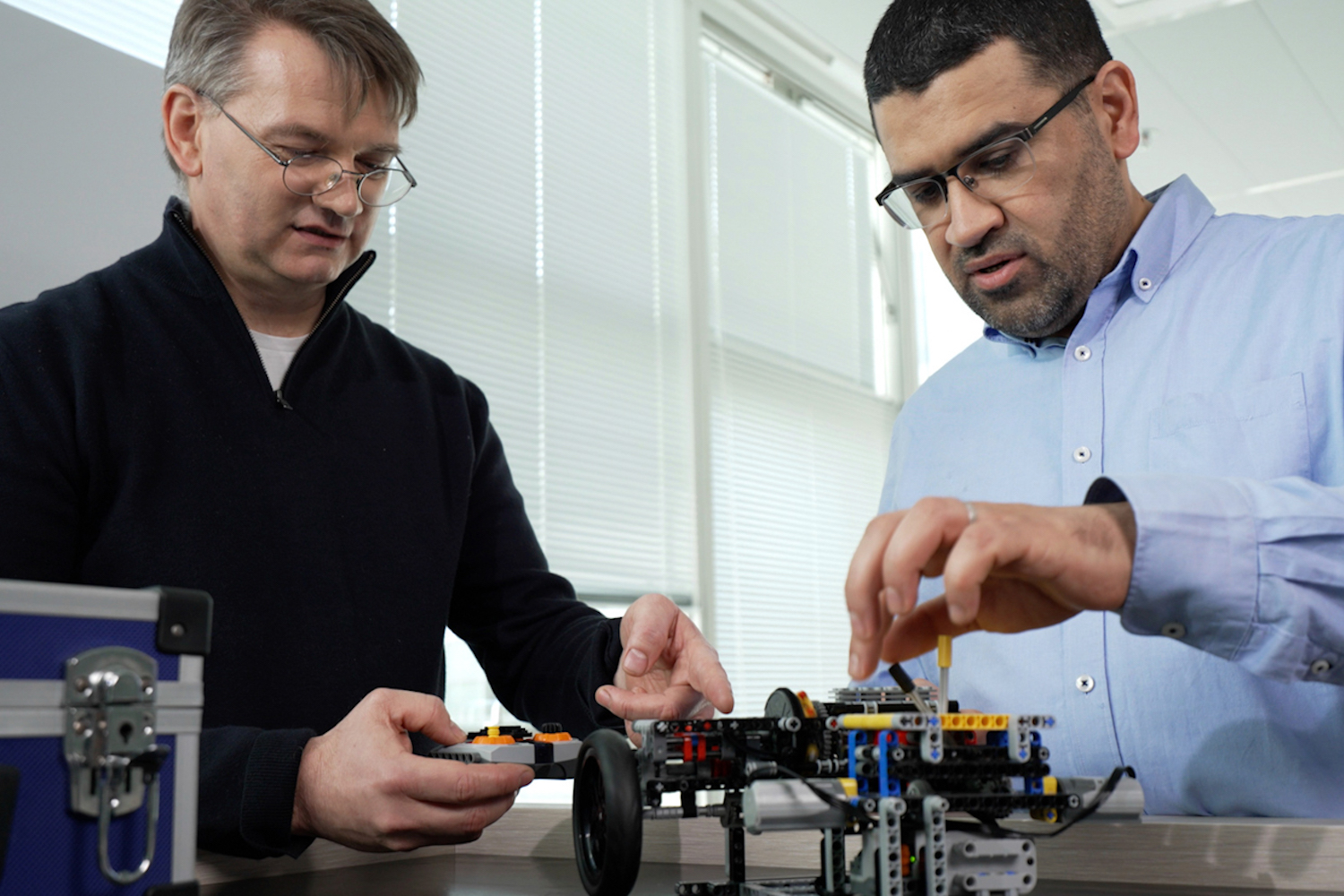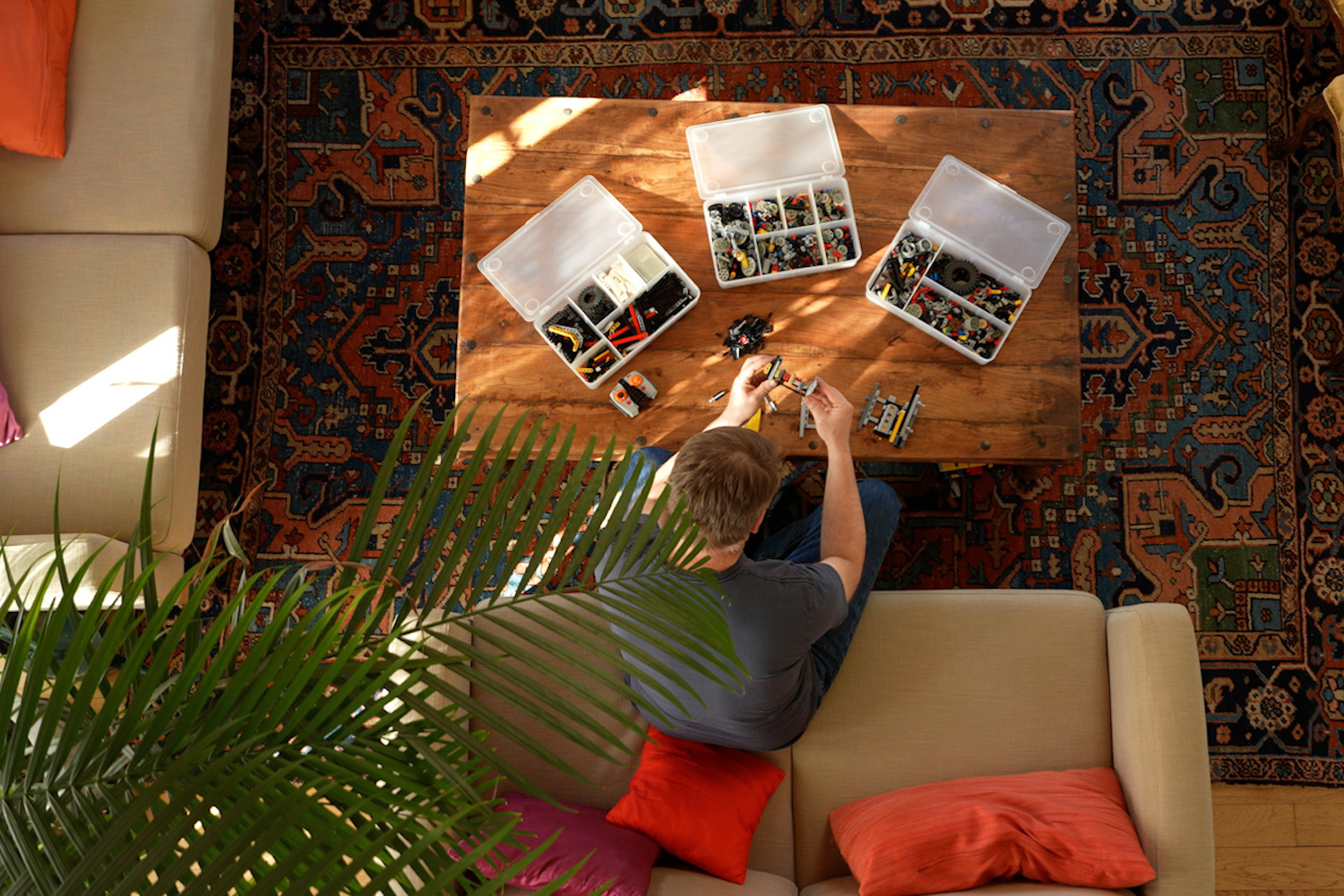Imagine, for a moment, that you're a senior engineer for one of the world's biggest, most successful, and oldest car makers. You've been given the challenge of coming up with a new powertrain, one that mixes both petrol and battery power, and it must not only do that job seamlessly but meet the standards being set by a rival manufacturer with more than two decades' experience in the hybrid field.
A Lego hybrid system
So, you rock up at work one morning and go to meet your project supervisor. Out of a small box, you draw a working model of the new hybrid system, but it's made of Lego...
It sounds daft, like a plotline from a whimsical Hollywood film about finding time for your inner child, but actually, it's exactly what Nicolas Fremau, Renault's Hybrid Architecture Expert, did when he was designing the E-Tech hybrid system that's now on sale in the Clio, the Megane, and the Captur.
"Renault has always been a very open company, especially when it comes to research," said Fremau. "But the day I brought the model to the Gérard Detourbet [Renault's Director of Research] and Rémi Bastien [in charge of the hybrid engine project], I didn't know how they would react. They walked around the model, they touched it and they felt that we had a real object. And I will always remember Gérard Detourbet's remark: 'If we can make it in Lego, it will work!'"
Clutchless transmission
Fremau had been inspired by watching his son put together a Lego Technic kit. Fremau Snr had already been assigned the task of designing Renault's new hybrid powertrains but wanted to do something different from that of rival Toyota. Toyota uses a relatively conventional Constant Velocity Transmission (CVT) to send power from the petrol engine and the electric motor (combined or separately) to the wheels. Fremau wanted something different, something that better reflected Renault's experience as a maker of pure-electric vehicles, and something that was smoother than a CVT.
The answer was to use a clutchless transmission, made up of gearbox synchronisers and dog clutch technology normally found in motorsport. Doing that would put the electric motor in a position of primacy in the powertrain, but Fremau was struggling to make the design work.
Enter Lego. Watching his son play with his plastic toy kit, Fremau suddenly realised that using Lego pieces could allow him to make a model transmission to ensure that his design would work. "When I saw my son playing with Lego Technic sprockets at home, I said to myself 'well, it's not so far from what I'd like to do'. So, I bought what I needed piece by piece to have all the assembly elements", says Fremau. "I had the idea of doing this first to help me understand what to do. After about twenty hours of 'work' under the slightly surprised eye of my son, the model was born."
Not your normal Lego construction
This wasn't your normal Lego construction. Pieces had to be glued in place to ensure that they wouldn't simply fall off, and Fremau had to make both a special cradle to hold everything together, and design it so that an electric motor could turn everything to prove that it would work. It meant that he could 'live test' the system as it was being built, ensuring that the transmission would be smooth and constant, no matter what the power input. It's also worth pointing out that Fremau doesn't build Lego like you or I build Lego - he is meticulous and careful, with individual pieces neatly stashed in plastic lock-boxes, rather than just spread out all over the carpet.
Once Detourbet saw the model, and signed off on the concept, Fremau had a mere 18 months to get it from the toybox to the factory floor, a blink of an eye in vehicle engineering terms. "It was a challenge for the entire research engineering department, with the mobilisation of the skills of people in Control, Mechanical Design etc.," says Fremau.

